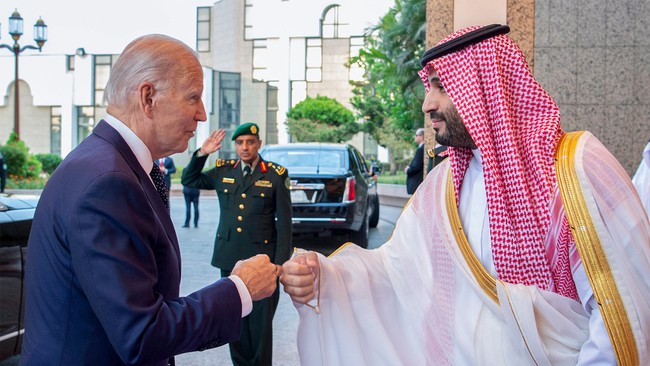The petrodollar — a deal, not a currency — was born out of the late 1970s energy crisis. The United States, having just gone off the gold standard, struck a deal with Saudi Arabia — one of the largest producers of petroleum in the world — that meant the Saudis would price their oil exclusively in United States dollars and that any surplus revenues from their sales of petroleum would be invested in U.S. Treasury bonds. This had several effects: It ensured the U.S. a supply of oil, it established the U.S. dollar as the global reserve currency, and it helped the U.S. maintain what was, by today’s standards, its modest federal debt.
The 50-year-old petrodollar agreement between the U.S. and Saudi Arabia was just allowed to expire. The term “petrodollar” refers to the U.S. dollar’s role as the currency used for crude oil transactions on the world…



